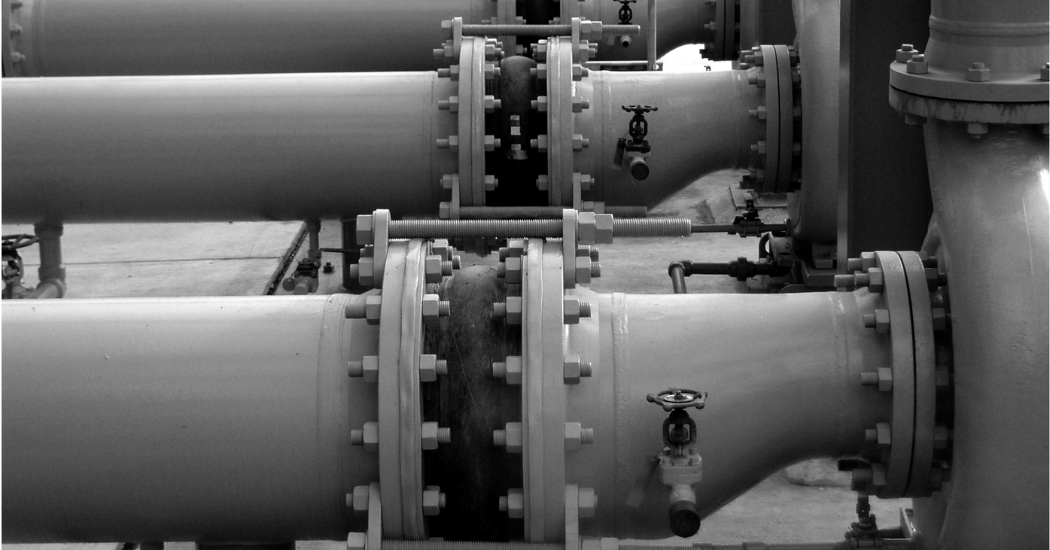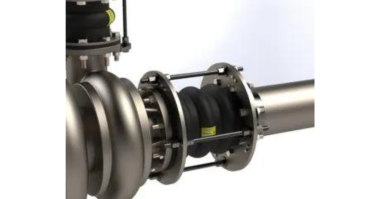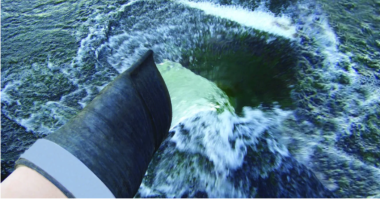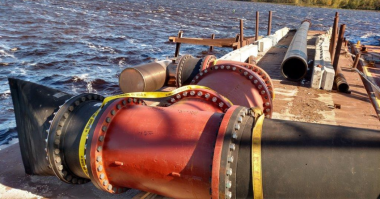Nearly all industries have wastewater treatment plants. These facilities are designed to meet pretreatment requirements imposed by local or state governments. Pretreatment rules were enacted to prevent industrial discharges from affecting or passing through domestic wastewater treatment plants, so industry is seeing upgrades or new builds to comply. Wastewater piping systems are constructed from a variety of materials depending on the media flowing through the pipes. These pumping and piping systems can be complex, causing havoc and downtime when failures occur.
Expansion Joints are Critical Components
Expansion joints are flexible connectors that allow movement in a rigid piping system. These joints protect critical piping and equipment from damage caused by vibration, thrust forces, and other factors. They are typically installed near mechanical equipment such as pumps or valves, or in the middle of longer pipe runs using a combination of thrust blocks, supports, or intermediate anchors. They are critical components in a piping system. Unfortunately, expansion joints seldom get the appreciation or attention they deserve.
Expansion joints come in a variety of styles, configurations and materials depending on their use and location. Rubber expansion joints are constructed of various elastomers, including EPDM, Neoprene, Butyl, Nitrile, Natural Rubber and Gum Rubber. Expansion joints are purposely a “weak link” in the system. They are designed to fail first to prevent major damage to more expensive or crucial piping and equipment.
However, the goal is to completely avoid joint failure. Consequences of a failed joint range from disruptive to disastrous. Joint failure may result in collateral damage to adjacent equipment, system downtime with associated costs as well as environmental issues. More importantly, a failure may also threaten the safety of plant personnel if they are exposed to material in the piping system.
Who is Responsible for Expansion Joints?
Multiple departments and positions are responsible for expansion joints in wastewater piping systems. Responsibilities for an expansion joint program start during design and continue through all phases of use. Those involved include engineering, construction, maintenance planning, and overall maintenance personnel. Each area responsible for the expansion joint program will be discussed in detail. Within each area of responsibility, industries can improve their expansion joint program by engaging technical experts.
By collaborating with a technical expert, engineers, planners, and maintenance technicians you can improve the reliability of your wastewater piping system by preventing expansion joint failure. By engaging expansion joint professionals, industrial companies can protect their critical wastewater systems and prevent damage to expensive equipment. Want to learn more about how technical professionals can help with your expansion joint program?




